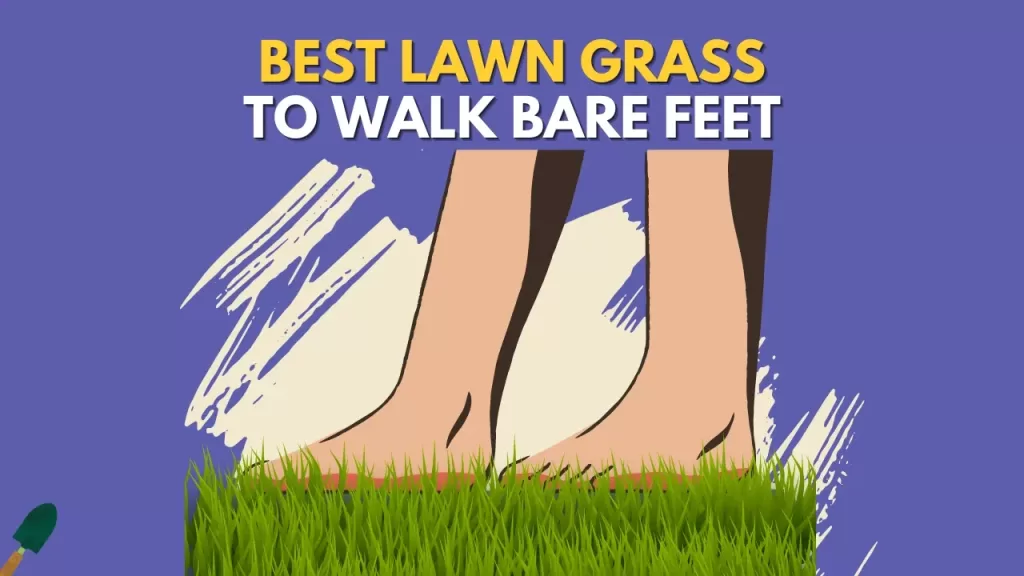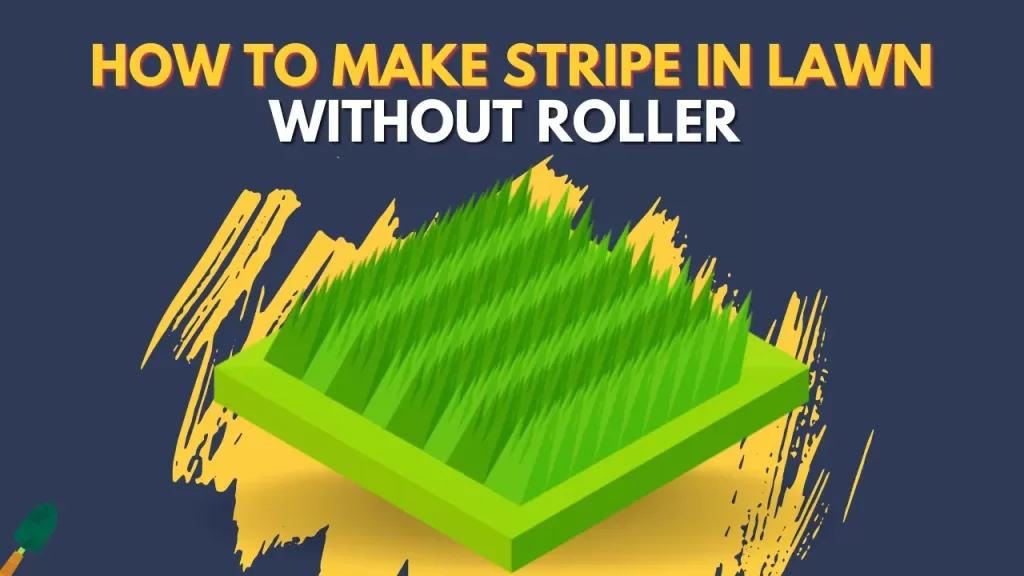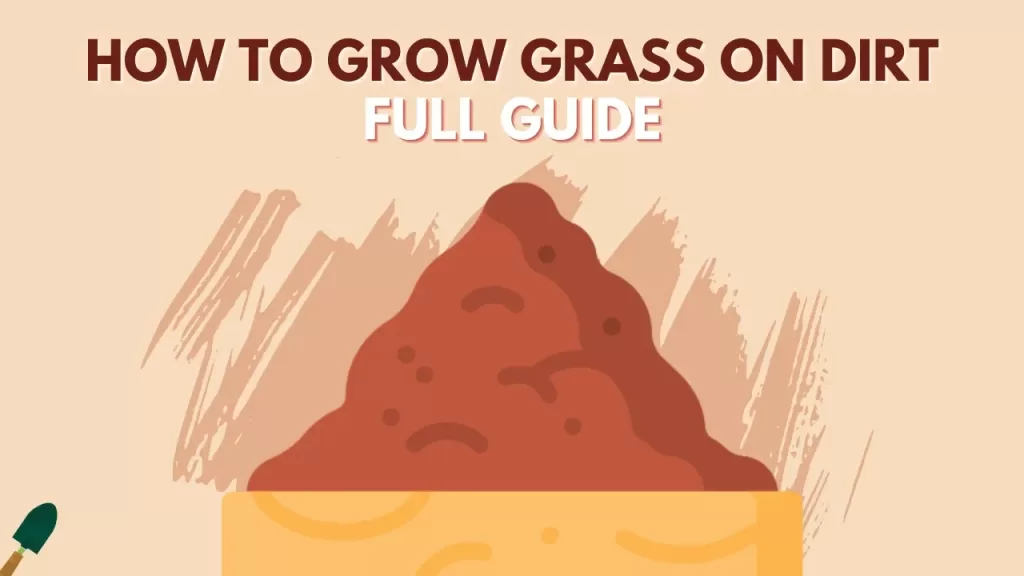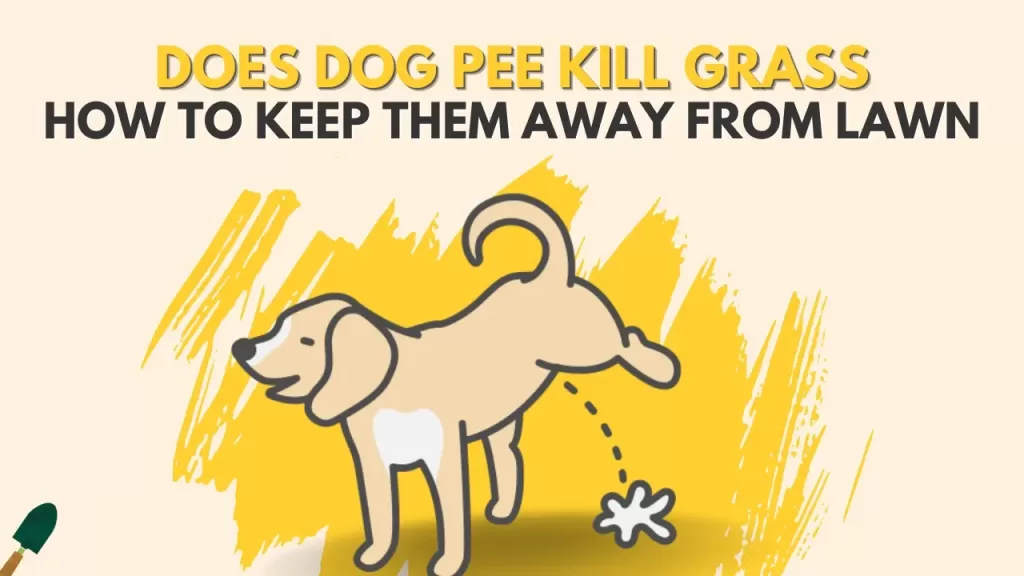Sometimes we want our backyard to look green and beautiful, but there stands a problem in front of us. Concrete is not the best base to grow grass above it or create a lawn.
Can You Grow Grass Over Concrete?
Yes, you can do that. You can grow grass over the concrete. It is not the same as growing a lawn over the soil, but with special attention and proper process, you can grow grass over concrete and make your backyard or rooftop look green and beautiful.
How to grow grass on concrete? To grow grass over concrete, first, remove any debris and clean up the area and make some drainage holes. Then put around 4 to 5 inches of soil mixed with compost to give your grass a good base and then lay the sod to spread the seeds over it. After the seeding, apply a starter fertilizer to give a boost to the seeds with essential nutrients.
This is how you grow grass over the concrete, but there is more to just laying the soil on seeding it, so let’s talk about the process in detail.
Minimum Soil Depth For Grass Over Concrete
If you want a good lawn over concrete, you need a good base for it. The minimum depth should be around 5 to 6 inches but if you want to be sure enough and want the grass to have deep roots you should lay around 7 to 8 inches of soil.
If they lay just 2-3 inches of soil, the grass could have a shallow root system and grow very thin and weak. The other downside of this is it can be:
- Poor Drainage – less soil means the water can pool in the base where the concrete is and make the roots rot and damage the whole lawn. If the soil is 5-6 inches deep then the chance of water pooling in the base is very less and the soil will help the grass to grow better as it will help the roots to develop deeply.
- Fewer Nutrients – there is a direct relationship between how much soil you have and how much nutrients it contains which means if you have less soil then you will have fewer nutrients. If you try to give the soil extra nutrients it will burn the grass and you will have a lawn full of burned grass. That’s why you need to have a thick layer of soil over the concrete to provide enough nutrients for the grass to grow properly. You need to fertilize the lawn more frequently than you would fertilize a normal lawn, but in small quantities, as over-fertilization is as harmful as no fertilization.
- Frequent Watering – a thin layer of soil can’t hold enough water for the grass to survive 2-3 days on a normal day and in summer it can dry out in a single day. So you need to check the lawn frequently for moisture by using a screwdriver or something similar to check if the soil is dry or moist and then water according to that. Don’t overwater your lawn as the concrete underneath will prevent proper drainage and water pooling can make the roots rot which will be a problem for the lawn.
- Yellow Grass – another problem with thin layers of soil is that it can make your grass stressed due to all of the problems like low water, low nutrients, and low spaces for the roots to grow, which makes the grass yellow, and if you leave it like that it will die in a week or two. There are others also which make the grass to become yellow.
What Are The Best Grasses That Grow On Concrete?
The best grass to grow over concrete is zoysia grass. It is a good option as it is a very hardy grass that needs little to no maintenance after laying it on the lawn. The good thing about zoysia grass is that it always stays green and beautiful and makes your lawn look thicker and more beautiful.
The other grasses which are also suitable to grow over concrete are:
- Creeping red fescue
- St. Augustine grass
- Centipede grass
If you want you can mix any two grass seeds to improve grass growth.
How To Grow Grass On Concrete?
If you want to grow grass on concrete, there is a proper way that you should follow as concrete is not an ideal base to grow grass. The main factor to consider here is the drainage of the soil. If the size of the lawn is big then you need to give special attention to the drainage as water can clog in some parts of the area. Let’s discuss the whole process of growing grass on concrete in detail:
- Clean Up – the first thing to do, when you start the process of growing grass over concrete is to clean up the whole concrete space.
Concrete can have all kinds of things which can affect the soil and its nutrient level or even make the soil acidic. Dirty bases can also promote diseases and fungi which can harm the soil and the grass in the future.
Wash away all the dirty material from the concrete and remove all the loose stuff from it. You can use a pressure washer to clean the concrete properly.
- Spread Topsoil – After cleaning the concrete base, spread the topsoil over the concrete. This will be the most important layer for your lawn or grass to grow. Add at least 4-5 inches of topsoil and if you can try to put a 6-7 inch thick layer to give your grass more areas to develop roots.
- Create A Gradient – create a gradient after you have spread the topsoil so that the water doesn’t pool in the lawn. Extra water in the lawn is very harmful as it can promote fungus or make the roots rot and damage the grass.
- Fertilize – add a starter fertilizer to the soil. What starter fertilizer does is it gives essential nutrients to the soil very fast to give an initial boost to the lawn and help the seeds to germinate fast. If you want to know more about fertilization then check our in-depth article on fertilization.
- Plant Seed – after you have prepared the soil, now you need to spread the seeds in the soil. Take the whole batch of seeds you have and divide it into 2 parts. Take the first part and spread it horizontally to the lawn, after that take the second part and spread it vertically on the lawn. What this ensures is that you don’t have any patches in the lawn and the seeds are spread evenly throughout the whole lawn.
- Rake – after you have spread the seeds, you need to rake the lawn very lightly to get the seeds under the soil. Another benefit of raking is that it protects the seeds from washing away from the soil or getting eaten by birds. Rake the lawn very lightly as you don’t want the seeds to go very deep in the soil where the seed won’t be able to get sunlight and won’t start germinating.
- Water – after the raking process the last but not least part is to water the lawn. Watering is very crucial when you are seeing a lawn as it will help the seeds to properly germinate. If you water less the seeds won’t start germination due to dryness and heat on the other hand if you water heavily then the seeds can get washed away making the lawn look patchy. The best way to water a new lawn is to water it very lightly 2-3 times a day to keep the soil moist throughout the day.
- Maintain – creating a new lawn is not a tough task but maintaining it is a very crucial part to keep it green and beautiful. To maintain a lawn there are 3 essential components. Watering, fertilization, and mowing. If you do these things properly in your lawn then it will be healthy and beautiful and there won’t be any bigger problems like weeds or patches in your lawn.
Problems Of Growing Grass Over Concrete
Concrete is not an ideal base to grow grass on it, but you can do it. But there are some problems that you should consider to make sure that you take good care of them. Let’s talk about the problems:
- Dry Soil – A thin layer of soil can’t hold much water for a longer period of time, which means it will dry out sooner than a normal lawn. So you have to water the concrete base lawn more frequently and dry soil can stress the grass and it can die.
- Weak Grass – a thin layer of soil means fewer nutrients in it, which means the grass has fewer nutrients to grow which can make the grass grow thin and weak and can be very susceptible to diseases and stress in the lawn.
- Water Clogging – due to the concrete base, the drainage can be very poor in your lawn. The excess water can pool underneath the soil on the concrete base and can make the roots rot and the grass can die. If the water clogs the soil then it can attract fungi and other diseases to the lawn.
- High Maintenance – growing grass over concrete can be a very high-maintenance job as you need to check for nutrients and water more frequently than a normal lawn and the concrete lawn is more susceptible to fungus and diseases.
Can Grass Grow Over Concrete?
Yes, grass can grow over concrete. Growing grass over concrete is very easy and you can do it by yourself. You can turn your parking backyard into a green and beautiful lawn. If you want to grow grass over concrete you need to lay soil and spread seed over it with a proper method to grow grass effectively.
How Do I Grow Grass On My Patio?
Steps to grow grass on the patio:
- Clean off the patio first. Wash it and remove all the dirt and material which can harm the soil.
- Spread gravel in the base. Spread a thin layer as this is to make good drainage.
- Spread 4-5 inches of topsoil over it. Try to keep your soil thicker than 5 inches to give the grass a good base to develop roots
- Add a starter fertilizer to the soil to give the seeds a boost in germination.
- Spread the seeds in two parts. First horizontally and then vertically to evenly spread.
- Water the grass seeds 2-3 times a day lightly to keep them moist and cool.
- Take care with proper watering, fertilization, and mowing
Can You Put Top Soil On Concrete?
Yes, you can put topsoil over concrete. If you want to grow grass or other plants over concrete you need to make drainage holes in the concrete and then add 4-5 inches of topsoil over the concrete to provide a good base for the grass and plants.
Can You Put Real Turf Over Concrete?
Yes, you can put real turf over concrete to create a beautiful lawn. Turf is suitable as it has very shallow roots and can grow over concrete. To have a healthy and beautiful lawn you can first put a thick layer of topsoil over the concrete to provide a good base for the turf to grow.
Grow Grass On Concrete Roof
You can grow grass on a concrete roof. You need to first prepare the roof with waterproofing to prevent leakage of water and lay down a plastic sheet. Ensure that your roof has good drainage. Then spread the topsoil on the roof and spread the seeds over it to grow grass on the concrete roof.
HOPE YOU FIND OUT THE BEST WAY TO GROW GRASS OVER CONCRETE AND HOW TO MAINTAIN IT, AND IF YOU HAVE DIRT IN YOUR LAWN THEN CHECK OUT THIS ARTICLE ON HOW TO GROW GRASS ON HARD DIRT.





